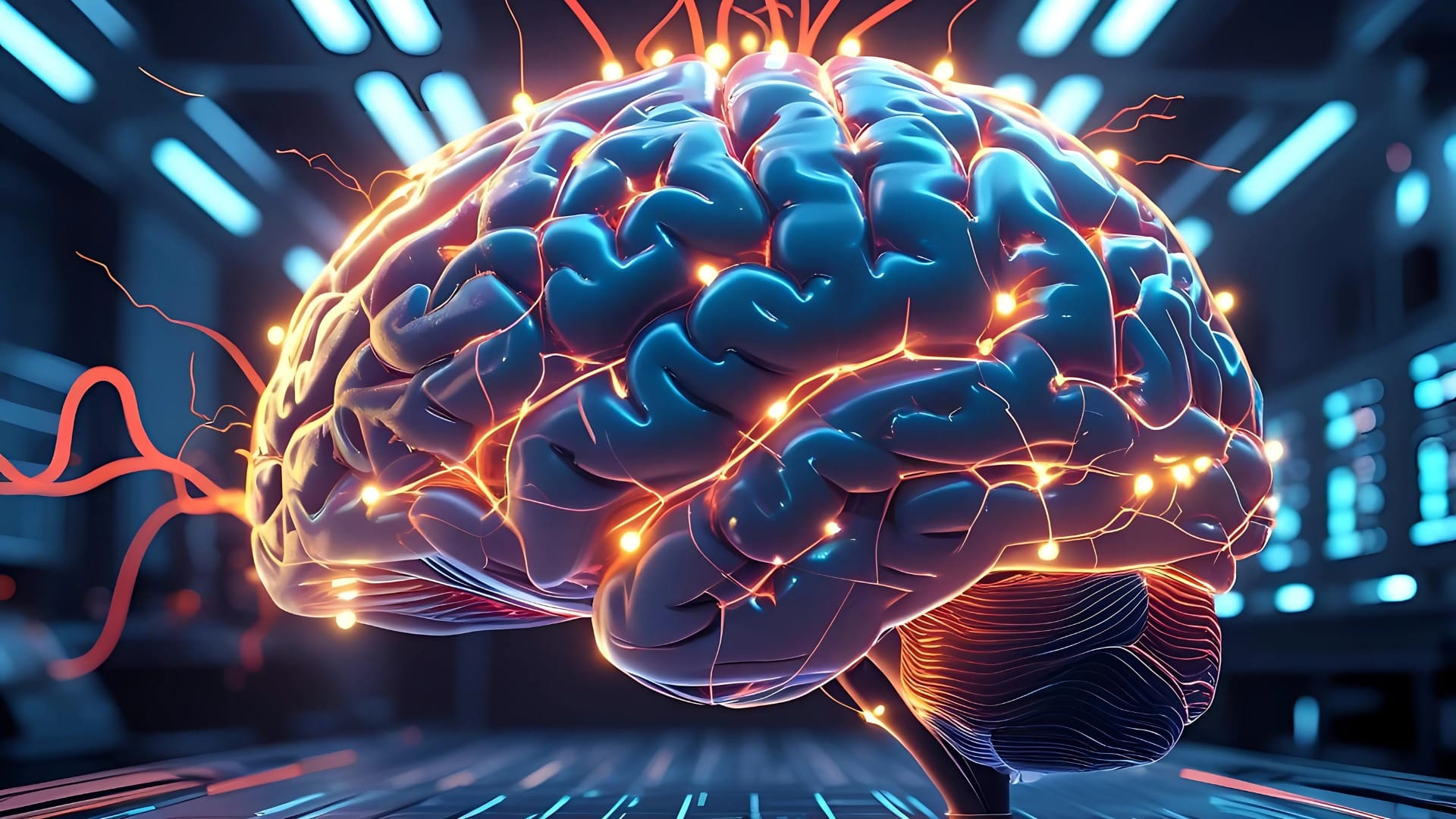Nanobots for Memory Regeneration: Exciting Advances and Considerations
Welcome to the future and experience the tech of Nanobots for Memory Regeneration

As we age, memory loss is becoming a growing concern in our society. Recent advances in nanotechnology offer new avenues for treating memory loss and even regenerating damaged brain tissue. This ultimate article explores the exciting field of memory regeneration with nanobots and discusses how these tiny machines can be used to repair damaged brain tissue, restore lost memories, and enhance cognitive function.
Nanobots are tiny machines that can be programmed to perform specific tasks at the molecular level. They have the potential to revolutionize medicine by targeting specific cells or tissues, delivering drugs directly to affected areas, or even repairing damaged tissues at the cellular level. In the context of memory regeneration, nanobots could be used to repair damaged neurons, stimulate the growth of new neurons, and restore lost memories.

However, there are also potential risks and ethical considerations associated with the use of nanobots for memory regeneration. Unintended side effects, misuse, and abuse of this technology, as well as ethical concerns, must be addressed before it can become a reality. The complexity of the human brain and the potential for unintended side effects are significant challenges that need to be overcome.
In conclusion, nanobots for memory regeneration offer an exciting development in the field of neuroscience. With continued research, investment, and careful consideration, this technology could have a profound impact on the lives of millions of people suffering from memory loss and other cognitive impairments. However, it is crucial to proceed with caution and ensure that nanobots for memory regeneration are developed and used safely and responsibly.





